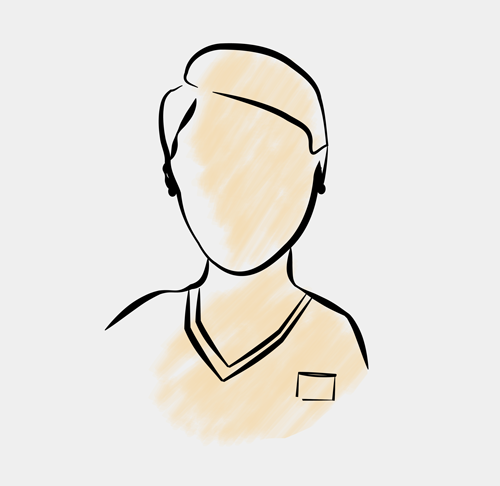All you need to know about having a caesarean section
In France, approximately 21% of babies are delivered via caesarean section (C-section). Although a caesarean section is a fairly routine procedure, it isn’t entirely risk-free, and remains a surgical procedure in its own right. Find out more here.
What is a caesarean section?
A caesarean section is when the baby is surgically removed from the mother’s womb through an incision in the abdominal wall and uterus. In French, a C-section is also referred to as l’accouchement par voie haute, as opposed to l’accouchement par voie basse which describes vaginal delivery.
A new C-section procedure – extraperitoneal caesarean section – has recently made an appearance. The differences between this technique and conventional caesarean surgery are rather “technical”, but to sum up:
- With an extraperitoneal caesarean section, no incision is made in the peritoneum (the membrane that covers the lower part of the abdominal wall). Postoperative pain is thus reduced.
- The uterus is sutured within the abdominal cavity, whereas in a classic C-section, the surgeon will bring the uterus outside the abdomen to repair it (a painless procedure, since the mother is given an anaesthetic, but one which can sometimes lead to complications such as vomiting, for example).
In short, an extraperitoneal caesarean section primarily aims to reduce pain and postoperative recovery times. However, given its recent appearance, it is not as common as the conventional C-section.
Emergency or planned caesarean section: why should I have a C-section?
A caesarean delivery reduces (but does not completely eliminate) the risk of traumatic injuries caused by vaginal childbirth. This is one of the reasons given by women who request a C-section for convenience or comfort. Keep in mind, however, that the after-effects of hospitalisation last slightly longer than for a vaginal birth. In addition, while C-section complications are rare, they can be more dangerous than those associated with a vaginal birth (e.g. infection, bleeding, phlebitis); not to mention the very small but real risk of uterine rupture or placental abnormalities in a subsequent pregnancy due to scarring of the uterus. This is why vaginal delivery is generally preferred, as far as possible.
There are several types of C-section. An emergency C-section is when an unexpected event disrupts the smooth running of vaginal delivery – if labour isn’t progressing as it should, if the placenta detaches itself from the uterus or if the baby’s health is a concern, for example. A planned C-section is when vaginal delivery could be risky either for you or your unborn baby. You may also be offered a C-section depending on your health, or if your baby’s growth is stunted. This is known as an iterative caesarean section (“iterative” meaning “repeated”).
Other common reasons are when your baby is in breech position or if you’re expecting more than one baby. In these cases, you’ll be given a pelvimetry (an x-ray to measure the size of your pelvis), before your pregnancy care team decides whether or not you’ll need a C-section.
What happens during a caesarean delivery?
A C-section begins with a local anaesthetic, generally a spinal block (injection into the cerebrospinal fluid surrounding the spinal cord). The medical team will insert a urinary catheter, as emptying the bladder facilitates the operation.
In a conventional C-section, the surgeon will make a horizontal incision in your lower abdomen, just above your pubic hair line. Once the uterine incision has been made and your baby brought into the world, the surgeon will close both incisions (uterus and abdomen).
What happens after a C-section?
In the days following your C-section, you’ll be given painkillers. If the pain is properly brought under control, you’ll be able to breastfeed as soon as possible, if this is what you want.
Your scar will also be treated – in particular, the stitches or clips from the C-section will be removed five to ten days after the operation.
Good to know: even if your scar is 12 to 14 cm long, it should fade.
Tous les articles maternité
- La grossesse, semaine après semaine
- La préparation à la naissance: l'essentiel à savoir
- Focus sur l'accouchement naturel
- Comment préparer sa valise maternité?
- Les étapes de l'accouchement
- L'épisiotomie
- Les complications possibles de l'accouchement
- Tout savoir sur l'allaitement
- La rééducation du périnée








